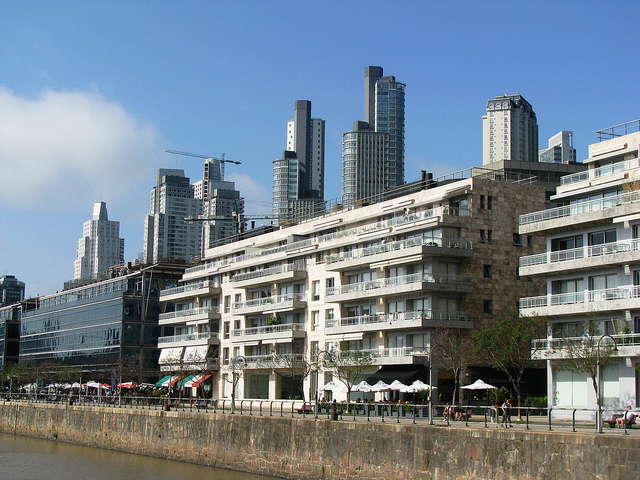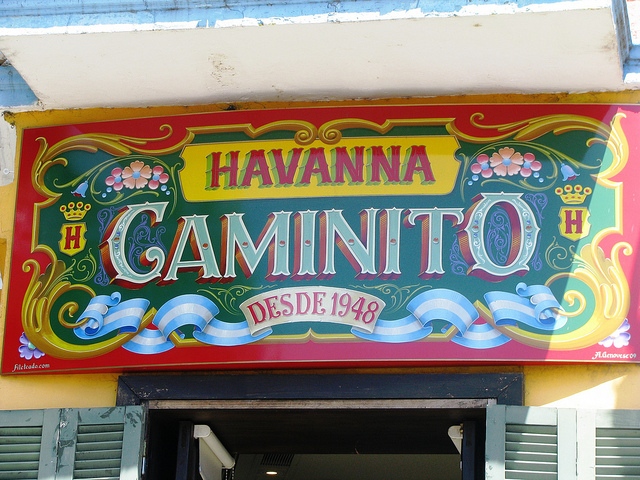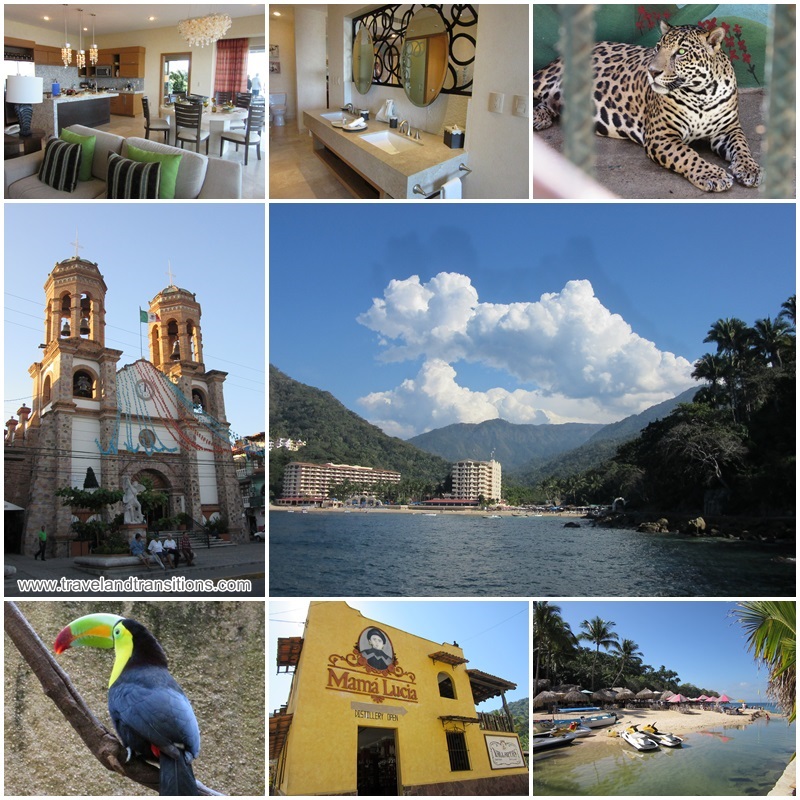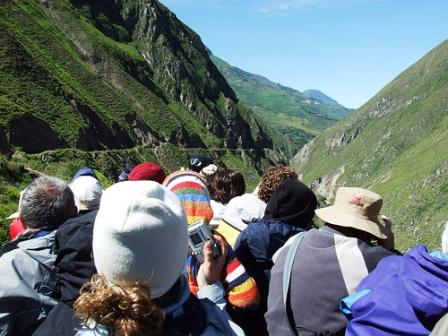Buenos Aires is known as the “Paris of the South” and is renowned for its European-inspired architecture. One of the things I definitely explored during my recent trip to Buenos Aires was its impressive architecture, and in this article series I’d like to present to you my favourite buildings and structures in the Argentine Capital. Naturally, in the few short days that I spent in Buenos Aires, I wasn’t able to see all the architectural masterpieces that the city has to offer, but I had a chance to catch a first-hand view of quite a few of them. Here is a small selection with more to follow:

Plaza de Mayo: The main square of Buenos Aires has an entire collection of historical architecture and lots of history. It was the scene of the revolution of 1810 and really took most of its current shape in the 1880s. Some of the famous buildings on the Plaza de Mayo include the Casa Rosada (seat of the Argentine President), the Buenos Aires Cabildo (city hall during colonial times and location of the government of the Viceroyalty of the Rio de la Plata), the Metropolitan Cathedral of Buenos Aires (whose nave and dome date from the 18th century), Buenos Aires City Hall (completed in 1892), the Legislature of Buenos Aires (opened in 1931) and the Bank of the Argentine Nation (in the French neoclassical style). The May Pyramid is located in the center of the Plaza de Mayo and is the oldest monument in Buenos Aires. It was ordered in 1811 to celebrate the first anniversary of the May Revolution. Two main avenues emanate from the Plaza de Mayo: the Diagonal Norte and the Diagonal Sur which cut diagonally through the mainly rectangular street system of Buenos Aires.

Calle Florida is the most well-known shopping street in Buenos Aires and parts of it have been pedestrianized since 1913.The street itself actually dates back to the founding of Buenos Aires in 1580. It is one of the city’s main tourist attractions, and is generally packed with people. It draws lots of street performers, from musicians and tango dancers to living statues, drummers and comedy acts. In the evening, street vendors set up their wares on the ground in the middle of the street and the lively atmosphere continues long into the night. Just be careful with your belongings – it’s also a favourite spot for pick-pockets.

The Galerias Pacifico are located on Calle Florida and house a shopping centre inside an impressive Beaux Arts building from 1889. The interior features a cupola with magnificent frescoes by five Argentinian muralists that were completed in 1946. According to some sources, the building also has a darker history, due to being used as a torture center by the military government that ruled Argentina from the mid 1970s to the early 1980s. But today, the Galerias Pacifico are among the most resplendent buildings of all of Buenos Aires. When I visited, the entire location was decked out for Christmas and a huge beautifully decorated Christmas tree was adorning the lower level. Shopoholics will love this shopping centre as they will be able to find brand names such as Hugo Boss, Lacoste and Christian Dior.

The Teatro Colón is another cultural and architectural icon of Buenos aires. The present theatre opened in 1908 with Giuseppe Verdi’s Aida after 20 years of construction during which no expense was spared. Designed by Italian architect Francesco Tamburini, the building has a horseshoe-shaped auditorium that holds an audience of 2487 people, and up to 4,000 people when standing room is included. In addition to the main auditorium, the Teatro Colón has a magnificent foyer and an even more lavish Golden Hall where architectural details are indeed covered in real gold leaf. The dome of the theatre is 28 metres high and was painted by Argentine painter Raul Soldi in 1966. The world’s best classical musicians and singers have performed at the Teatro Colón whose acoustics are among the top 5 opera houses in the word. Guided walking tours of the theatre are available in Spanish and English and I highly recommend a visit.

Puerto Madero is located along the Rio de la Plata riverbank and was created during the late 1800s as the port of Buenos Aires. It was completed with a complicated design consisting of several basins that ended up being too small for the new style of cargo ships that had were being built in the early 20th century. As a result, Puerto Madero was obsolete within 10 years of its opening. The City of Buenos Aires had to construct a new port, the “Puerto Nuevo”, whose first section opened in 1911 and is still in operation today. Puerto Madero fell into disuse and neglect for many decades until in 1989, the city decided to revitalize the old harbour area. Since then Puerto Madero has undergone a major transformation that has turned some of the old warehouses into lofts, offices, luxurious hotels and residences and many new shiny highrise towers have populated the area. Star architects such as Norman Foster and Santiago Calatrava have left their mark here – the Puente de la Mujer (the Women’s Bridge) by Santiago Calatrava has become an iconic site in this neighbourhood. Interestingly, all the names of the streets in this area are named after women.
Stay tuned for several more articles about the architecture about Buenos Aires. The city has a great many interesting places to visit for architecture lovers, and I will share a few more of the great places that I had a chance to visit.




